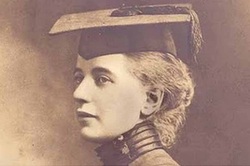 Dr Elisabeth Ness Macbean Ross
Dr Elisabeth Ness Macbean Ross Dr Elizabeth Ross - the Scottish saint of Serbia
Published 04/02/2010 18:03
(Kliknite ovde da citate na Srpski jezik)
JUST AFTER 11am on St Valentine's Day, a long procession of official cars will wind its way through the main street of the Serbian town of Kragujevac towards the city cemetery.
At the gate the occupants will disembark and make their way towards one of the snow-covered graves to pay their respects. The grave is distinctive not only because it marks the resting place of three young women, but because some of the words on it are in English. On the largest, the headstone reads 'Here lies Dr Elizabeth Ross'. Underneath in Serbian, it says: 'They gave their hearts to the people of Serbia'.
In 1915 Ross, a doctor from Tain and one of the first women in Scotland to gain a medical degree, died of typhus in a military hospital in Kragujevac, where she had been treating Serb First World War casualties. Yet today, her name in Serbia is a byword for courage and bravery, emblazoned upon street signs, taught to schoolchildren, and celebrated every 14 February – the anniversary of her death – in numerous similar ceremonies across Serbia.
"She sacrificed herself for them," says Louise Miller, a writer who has extensively researched Ross's life, and those of other women like her who chose to travel to the frontline from Britain during the First World War. "The Serbs just think that a sacrifice like that is worth remembering."
Ross was born in Tain in 1878 into a progressive, adventurous family. Her father was a banker and her brother, David, worked for many years in Japan with the Hong Kong and Shanghai Bank. She had four sisters, one of whom was a professor of maths and science who spent many years in India, another who was a secretary for an explosives company in Glasgow, and a third who was also a qualified doctor, working in York. The fourth became a farmer.
Ross's 86-year-old niece Edith Ross, who lives quietly in Tain surrounded by the memories of her extraordinary family, says they were remarkably modern for the times.
"Elizabeth's parents were very broadminded," she says. "They believed in women having the same chance of education as men. My mother, who ran a poultry farm, was the only one of the women in the family to get married. The rest were very focused on their careers."
 Elisabeth Ross as little girl
Elisabeth Ross as little girl "She was pioneering in that respect because you had to be incredibly strong-willed to get a medical degree at the time if you were a woman," says Miller. "Women weren't permitted access to clinical studies, they were segregated from the men, and a lot of the teachers didn't even believe they should be taught in the first place."
After her graduation, Ross worked briefly as a doctor in Tain, before becoming the medical officer for the island of Colonsay. But her family's adventurous spirit clearly ran in her veins, and she was soon on her way to Persia – now Iran – where she worked as an assistant to an Armenian physician. While there she spent time in the Iranian mountains working with the powerful Bakhtiara tribe, who were so impressed with her they made her a chieftainess. Edith still has a photograph of her aunt dressed in the traditional ceremonial dress, smoking a long hookah.
"Part of her job was to be a doctor to a harem of women," says Edith with a giggle. "She really liked the women and they just adored her."
Returning to Scotland for a break, Ross caught sight of a newspaper advert looking for a ship's surgeon. "The ship was going to India and Japan so she applied for this post, got it, and off she went," says Edith.
She is now believed to have been the world's first female ship's surgeon, and although Ross is thought to have loved it ("She sent the family short postcards," says Edith, "she never said too much") there was something about Persia that drew her back, and she returned to work there just before the outbreak of the First World War in September 1914.
"There was a desperate need for doctors and nurses in Serbia at the outset of the war," says Miller. "The country only had 400 doctors and most of them had been allocated to the military. Serbia was the first country to be attacked by Austro-Hungary and the hospitals were full of wounded Serbians and Austro-Hungarians. It was an absolutely desperate situation."
With other projects such as the Scottish Womens Hospitals, which were travelling to the region at the same time, just getting up and running, Ross felt she had to do what she could to help. "Elizabeth heard of the need and left Persia as soon as she could," says Miller. "She borrowed money from an old servant in order to make the trip."
When she arrived in late January 1915, she immediately volunteered to go and work in a typhus hospital in Kragujevac, rather than a Scottish Womens Hospital which had been set up not far away.
"She knew she really hadn't much of a chance of surviving because typhus was rife and they didn't know at that time what caused it," says Edith.
"The place was in a dreadful mess when she arrived and there were no nurses. They would put two single beds together and put three patients in them. Some of the nurses from the Scottish Womens Hospital came to visit her and said 'Dr Ross, I don't know how you can bear to work here', and she just said 'well, somebody's got to do it'. "
In the end, she survived less than three weeks. "She was probably bitten by one of the women she walked onto the ward," says Miller.
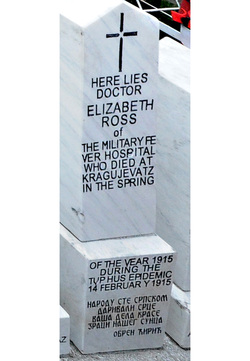
In the early 1980s, after the graves had been restored, the town started holding commemorations at the graveside, and over the years they began to gather momentum, attracting bigger crowds, and becoming an important date in the town's calendar. Meanwhile similar celebrations started to spring up across Serbia.
"What is really quite remarkable is that even during the NATO bombings they continued doing it, and it just got bigger and bigger," says Miller. The ceremony now attracts hundreds every year, including a wealth of local dignitaries. The youth movement of the local Red Cross is now the Dr Elizabeth Ross Society, and every year its members attend the ceremony wearing T-shirts with Ross's graduation picture emblazoned on the front. Elsewhere in the town there is even an Elizabeth Ross Street. It is a remarkable canonisation for a woman who felt she was just doing her job.
"The Serbs admire her for her remarkable courage," says Miller. "She went into this military hospital to take over six typhus wards in the full knowledge that she would probably die just a few weeks later. The majority of people in Serbia have had a really tough time of it and Elizabeth's story is a thread that links them to their remarkable history. And it's a history they hope for as well – working hand in hand with their allies."
This 14 February, before the Orthodox priest starts to chant and sprinkle incense over the grave, and a poignant reading of the Lord's Prayer – in English – is given, Miller will give a talk at the ceremony about Ross, and the other women who came to the frontline to treat wounded Serbs. "It's one of these things I think will just continue to get bigger," she says. "These ceremonies happen across Serbia, this is just the biggest one."
Meanwhile, Edith, who is now too old too travel to Serbia, will be at home in Tain. She has created an album of pictures and writings about Ross, and often flips through it.
"She was exceptionally intelligent and very, very brave," says Edith. "She had a real sense of adventure."
Recently, some of the Serbs responsible for the ceremony commemorating her famous aunt asked Edith if she wanted to attend the celebrations.
She laughs. "I said no. I had to explain I wasn't quite as brave as my Aunt Elizabeth."
Source......
http://www.scotsman.com/news/dr-elizabeth-ross-the-scottish-saint-of-serbia-1-789188
http://womenshistorynetwork.org/blog/?tag=elizabeth-ross
https://writeso.wordpress.com/2013/08/12/dr-elizabeth-macbean-ross/
http://www.kragujevac.rs/Commemoration_in_honor_of_dr_Elizabeth_Ross-125-2-4078
http://www.tainmuseum.org.uk/dr._elizabeth_ross_g.asp?page=151
http://www.universitystory.gla.ac.uk/ww1-biography/?id=2845
http://web-tribune.com/spektar/engleskinja-koja-je-dala-svoj-zivot-negujuci-srpske-vojnike-obolele-od-tifusa
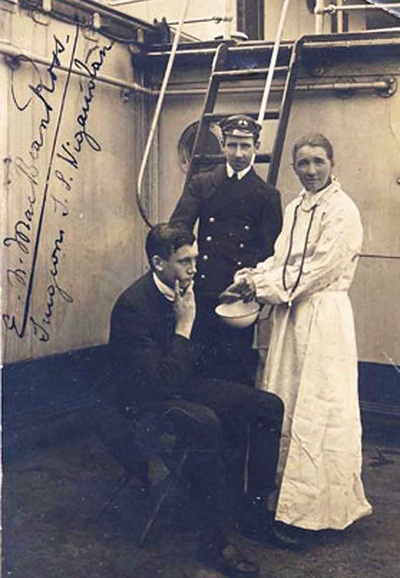
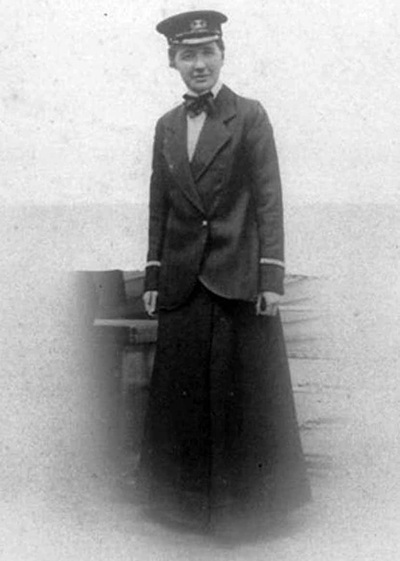
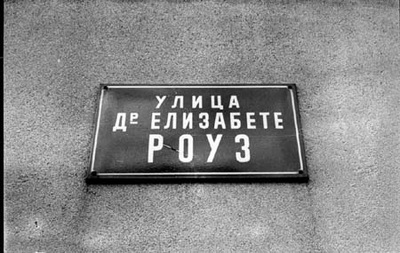
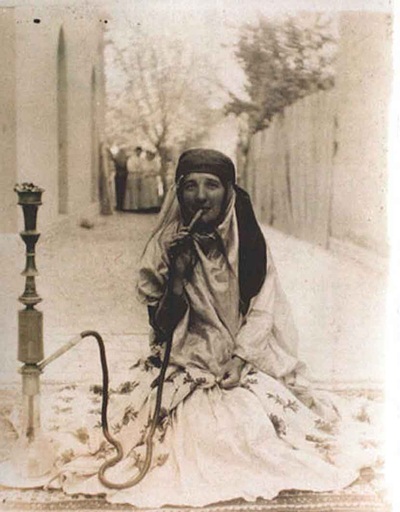
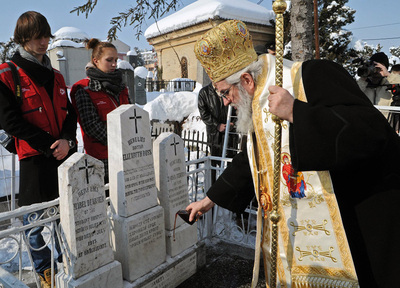
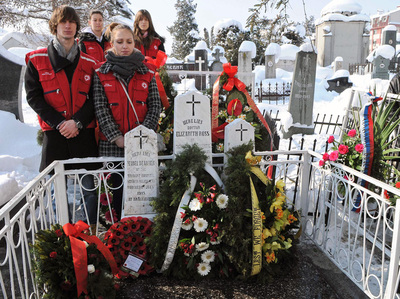
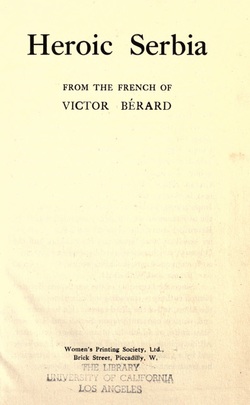
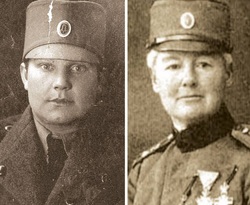
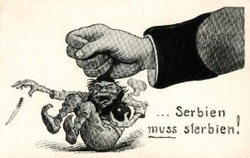
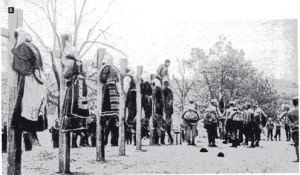
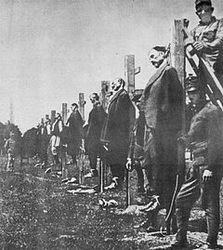
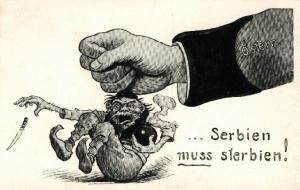
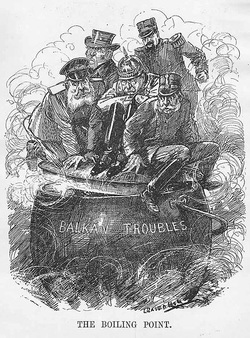
 RSS Feed
RSS Feed
